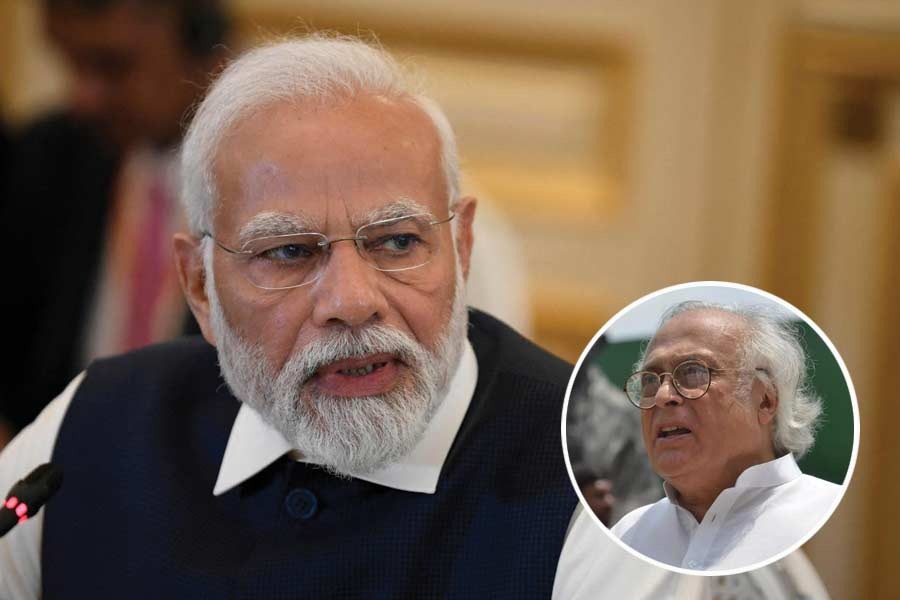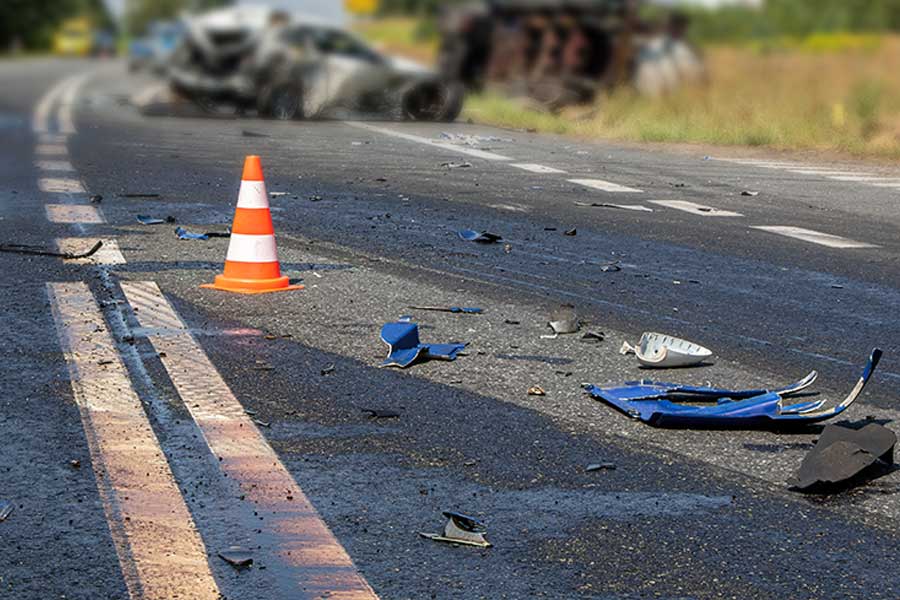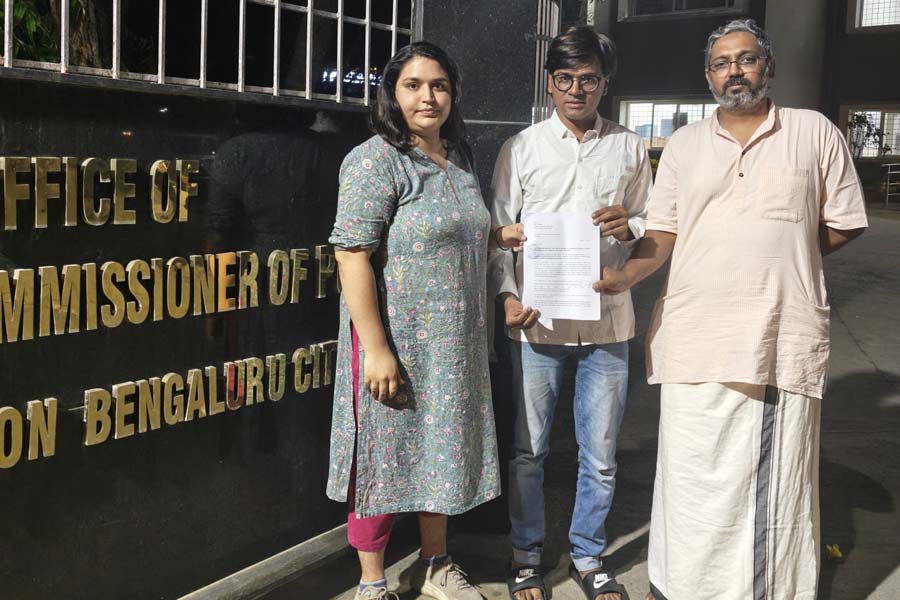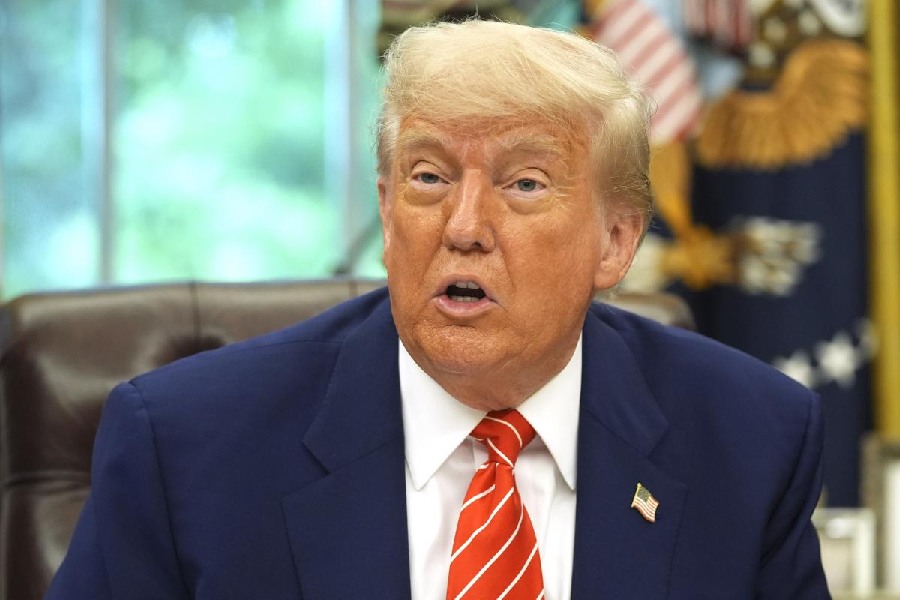 |
What does a Morpho butterfly flapping its wings in a South American rainforest have to do a mobile phone dropped down the lavatory in Croydon? This is not a question about chaos theory. It is the subject of Richard Hammond’s latest television venture, which sets out to explain the world of biomimetics.
Biomimetics has only taken off as a specialist field of science in the last decade, but has been around since the time of Leonardo da Vinci and before. Its essence is the use of the animal and plant kingdoms to inspire human designs. The Italian artist sketched his design for flying machines after watching birds in the sky. And Velcro was invented in the 1940s after George de Mestral became frustrated trying to remove burrs latched on to his dog’s coat.
There are at least four million species in the world, and evolution has ensured that most have adapted in an intriguing and clever way. It must be possible, therefore, to learn from all these marvels. For example, what can a butterfly's wings, which never get wet even in a rainforest, teach engineers about making phones that can survive a bathroom? How can a Greater Spotted Woodpecker, whose beak hits the tree trunk with the equivalent of 1,200 times the force of gravity — an astronaut or fighter pilot can barely survive 10G — help designers of motorcycle crash helmets come up with sturdier, safer products?
Some of the animal-inspired devices that have been invented seem so obvious, one wonders why biomimetics is not the first port of call for any designer. But as Professor Stuart Burgess, of Bristol University, says: “Biomimetics is not easy because biological systems are incredibly complex and often very hard to copy.”
Professor George Jeronimidis, who heads the centre of biomimetics at Reading University, explains that the plant kingdom is often the first port of call. “Plants are easier, in a sense. They don't have a brain, they don’t have a nervous system. It is far harder to clarify things with animals.”
Prof Jeronimidis adds these are early days, and that the biomimetic companies and research departments that emerged over the last decade “are just scratching the surface... it is a huge, absolutely huge area for us to explore”.
The original applications of biomimetics were for materials — complex functional structures, such as coatings and paints inspired by butterfly wings or lotus plants. But increasingly, scientists are delving into the sensory side of animals — how they see and hear, to find out whether these can be replicated in the human world.
In the new programme, Hammond examines how harbour seals, with their super-sensitive whiskers, are inspiring vehicle designers trying to create a self-driving truck, able to sense — and react to — the smallest bump on the road.
“It is an absolutely dazzling autonomous truck. And I was so surprised that the seal, and the sensitivity of its whiskers, who lives in the dark water, experiences the world in the same way,” Hammond says.
The presenter is the first to admit that he is merely an old-fashioned broadcaster — “a tool in the box, alongside the director and cameraman” — and not a trained scientist. He is as at home hamming it up presenting Total Wipeout as he is examining Egyptian fruit bats.
But rarely has it been such an exciting time to try to communicate the complexities of science to a mainstream audience. Every day another story hits the headlines — be it wind farms, energy-saving light bulbs, or badger culls — that is rooted in an understanding, or misunderstanding, of science.
“Science, social organisation, politics are ever more converging on both a macro and micro scale,” says Hammond. “Right down to our own homes. Science is becoming about alternative fuels, but also about limiting consumption; science has become about lifestyle.” He gives me a trademark twinkle, before launching into another tale about Cape vultures.
 |










